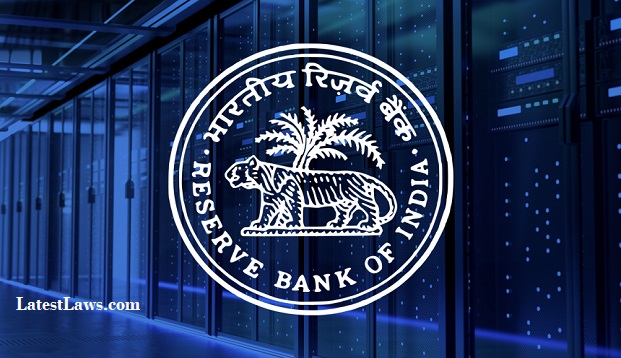NEWS
RBI brightens outlook on economic recovery, upgrades GDP contraction to 7.5%
RBI upgrades GDP forecast to contraction of 7.5% this fiscal; earlier, in Oct, RBI had predicted GDP contraction of 9.5% for the financial year.
RBI upgrades GDP forecast to contraction of 7.5% this fiscal; earlier, in Oct, RBI had predicted GDP contraction of 9.5% for the financial year.

The Reserve Bank of India's outlook on the recovery of the Indian economy has brightened, prompting it to upgrade the GDP forecast to a contraction of 7.5% this fiscal. In its October monetary policy review, the RBI had predicted a GDP contraction of 9.5% for the financial year.
While announcing the monetary policy committee decision to keep interest rate unchanged, RBI governor Shaktikanta Das said the economy is recuperating faster than anticipated. The recovery in rural demand is expected to strengthen further while recovery is urban demand is gaining momentum.
"The second half (of 2020-21) is expected to show some positive growth," he added.
Going forward, the RBI has projected GDP at (+) 0.1% in Q3 and (+) 0.7% in Q4 of this fiscal. The economy contracted by 23.9% in the first quarter of the fiscal and 7.5% in the second quarter on account of the Covid-19 pandemic. This will be the worst annual contraction in more than four decades.
In the first half of 2021-22, RBI expects the GDP to be at (+) 21.9% to (+) 6.5%, with risks broadly balanced. This forecast range, analysts said, is too wide, reflecting the uncertainty of the economy.
The RBI projected inflation at 6.8% for Q3 of this fiscal.
For the third straight review, the key lending rate remained unchanged at 4%. Since May, the repo rate (key interest rate at which the RBI lends money to commercial banks) has been kept steady at a 19-year low of 4%. The reverse repo rate - the rate at which the RBI borrows from banks - will continue to be 3.35%.
Corporate bond spreads have come down to pre-pandemic levels and will help in economic recovery, RBI governor Shaktikanta Das said. He reiterated that the RBI will use all tools at its disposal to maintain enough liquidity in the financial system.
The Sensex today touched 45,000 for first time as markets hit new highs
